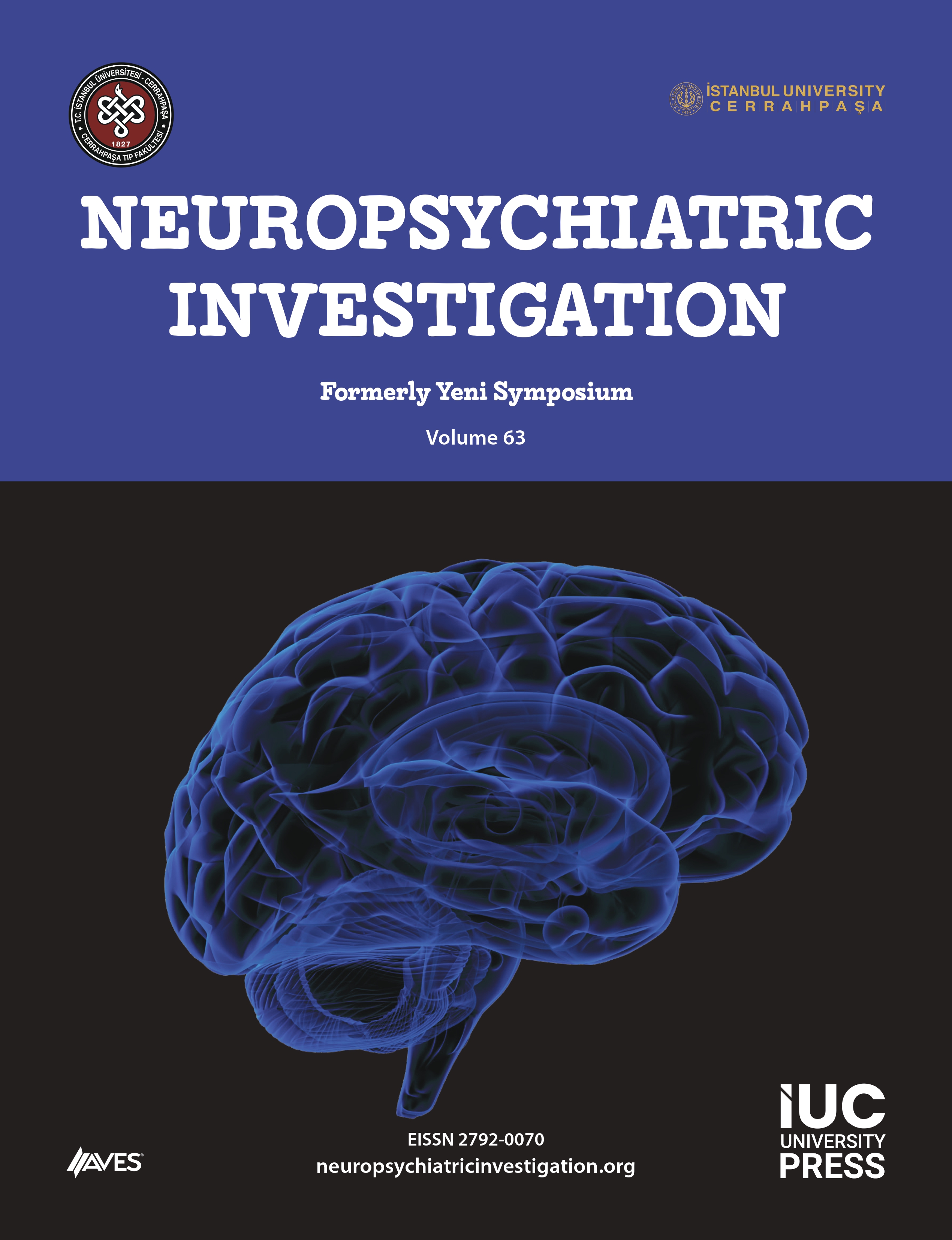Objective: Chronic diseases affect the quality of life negatively. Parents’ mental problems and their coping methods, may play a role on the behavior of children and adolescents.
The aim of the study is to determine the anxiety and depression status of children and adolescents with type 1 DM, and to investigate their relationship with metabolic control.
Methods: Forty-three patients between 6 and 17 years old with type 1 DM were included in this prospective study. Metabolic and clinical data of cases were retrospectively collected. Questionnaire forms were used for demographic data. Individual and family interviews were made by pediatric and adult psychiatrist. State-Trait Anxiety Inventory (STAI), Child Depression Inventory (CDI) and Beck Depression Scale (BDS) were used to determine depression and anxiety rates.
Results: Depression was detected in 2.3 %, state anxiety in 23.2 % and trait anxiety in 25.5 % of the children with type 1 DM. Mild depression was detected in 24.4 %, moderate depression was detected in 6.9 % of mothers. There was a state anxiety in 7.3 %, trait anxiety in 11.6 % of the mothers. There was a significant correlation between the depression, STAI scores of mothers and children. It was found that an increase in depression scale point of child, affected trait anxiety score of mother (OR: 1.2, CI: 1.01-1.49), (p=0.02).
Conclusion: Mental health condition is usually unnoticed in daily practice while monitoring T1 DM. Validated and efficient strategies are needed to screen and treat anxiety and depression symptoms in children and adolescents with T1 DM.




.png)